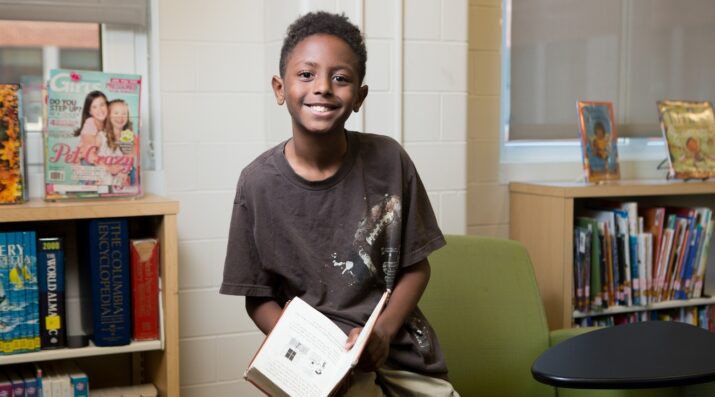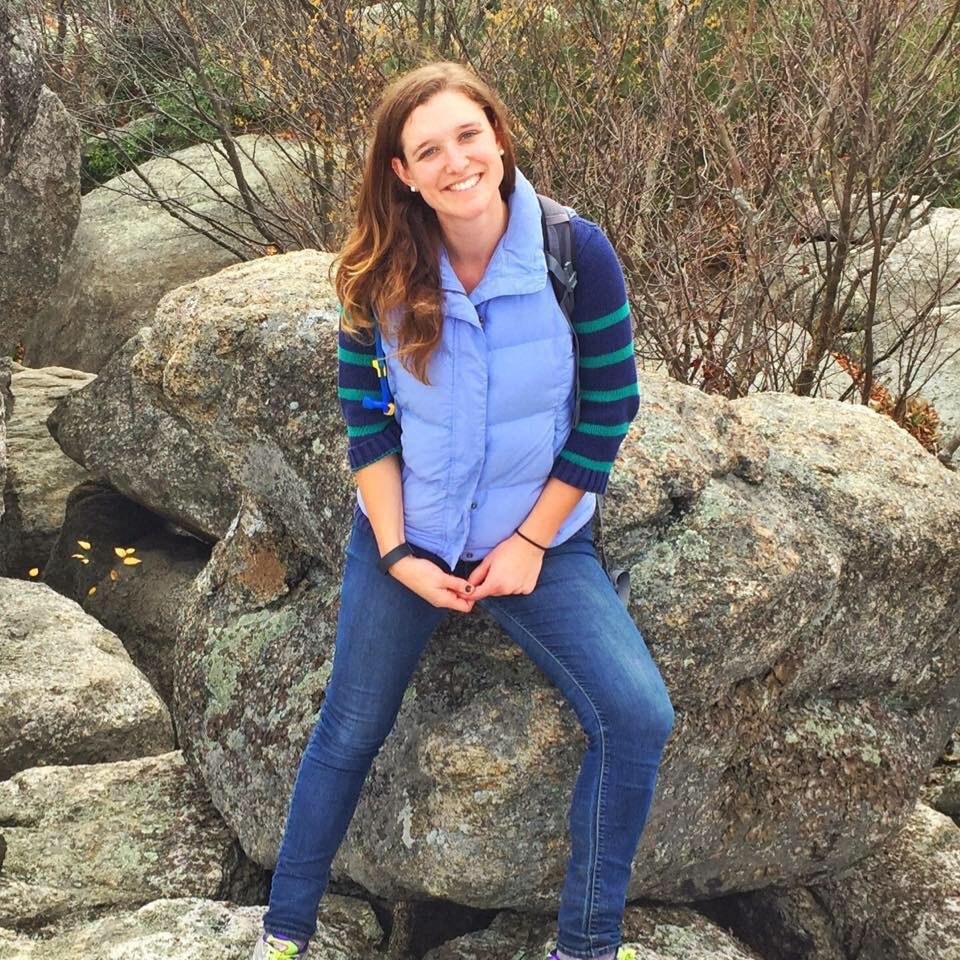Designing for Equity
We Don’t Know What They Don’t Know: Building Equity by Building Background Knowledge
Topics

Together, educators are doing the reimagining and reinvention work necessary to make true educational equity possible. Student-centered learning advances equity when it values social and emotional growth alongside academic achievement, takes a cultural lens on strengths and competencies, and equips students with the power and skills to address injustice in their schools and communities.
Four simple steps all educators can take to help build a shared understanding of a topic, allowing all learners to dive deep into more complex learning.
“Fire Ants. What do you know about them? Turn and talk to the person sitting next to you.”
My face flushed as I turned to the middle-aged stranger sitting beside me in the workshop. “Um...they sting? Or...er...bite? And it...um...hurts?” I had nothing to bring to the table, not a single bit of background knowledge to build upon. The woman sitting next to me, however, had extensive knowledge of the topic. She chatted for five minutes about a recent article she read about fire ants. I sat there, silent. I was completely disengaged.
In that moment, I experienced what so many students experience when asked to “turn and talk” with a partner about a topic prior to the start of a unit. My ability to engage in meaningful discussion was deeply impacted by my lack of background knowledge.
As teachers, we forget sometimes that we’ve taught each unit many times before. We assume that every student knows who Frederick Douglass is, or that the Underground Railroad is not in fact a real train. We do not take the time to check what background knowledge students are bringing with them into class. In other words, we don’t know what our students don’t know.
As an educator at Two Rivers Public Charter School in Washington, D.C., I am constantly thinking about equity in the classroom. I think about whose voices I’m raising up and which voices I am leaving behind. I make calling sticks, so I don’t just choose the same raised hands. I make deliberate choices about diverse texts we read. But it never occurred to me that the assumptions I was making about the shared background knowledge my students were bringing into a classroom was creating an inequitable classroom environment.
If we know that the development of a schema is an essential part to student engagement, we should be more deliberate about having students build a shared understanding about a topic before deep diving into more complicated texts.
I recently attended a Teachers College Reading and Writing Program workshop facilitated by Dwight McCaulsky on lifting the level of students’ talk about books. I learned that there are simple steps all educators can take to dissolve the barriers posed by students’ lack of experience with a topic.
Here are some ways we can help build a schema of background knowledge for all of our learners:
- Send parents a suggested reading list prior to the start of a unit. A simple e-mail can do the trick in priming families to share their own background knowledge and encourage discussion at home.
- Thoughtfully and deliberately select texts for your classroom library in the weeks leading up to your unit launch. Fill your classroom library with unit texts that are easy to read and understand.
- Begin a unit with a low-risk “text” for students to analyze before they are asked to dive into a more challenging informational text. A video, song lyrics, or a picture book are all high-engagement tools that can help build a schema for students to then transfer to the reading of an informational text.
- Consider creating a board in your classroom which shows a developing understanding about a big topic or idea to help make the learning visible in the classroom for your students.
With the addition of these few simple changes, I can already feel like a fresh new energy has been added to my 7th grade ELA classroom. In our current unit, I am seeing the students go back and reference the texts, videos, and stories we used prior to the official beginning of the unit. Reading a children’s story about the Underground Railroad, for example, contributed to our lively discussions about forms of resistance during the Civil War.
When students have a basic understanding of a topic, they will feel more confident engaging with classroom discourse or tackling a difficult text. When we take the time to be thoughtful about building background knowledge, we can create a space where every student can be a powerful contributor to the classroom community.
Photo courtesy of Allison Shelley/The Verbatim Agency for American Education: Images of Teachers and Students in Action.




